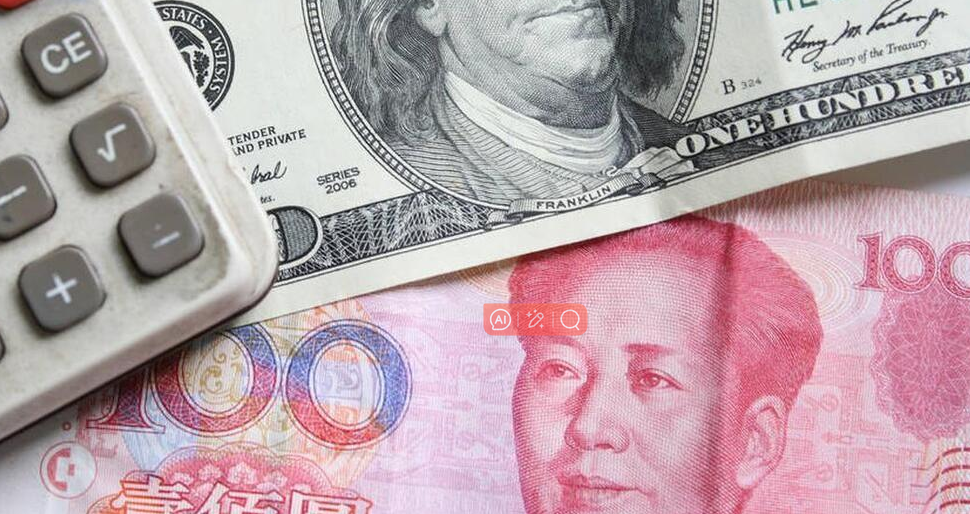RMB Breaks 7.26 Against Dollar
Advertisements
Between January 20 and 21, the Chinese yuan displayed remarkable strength against the US dollar, experiencing a significant surge that surprised financial analysts and investors alike. A dramatic rally unfolded late on January 20, when the offshore yuan made an impressive comeback, reclaiming several critical milestones — 7.31, 7.30, 7.29, 7.28, and 7.27. The daily increase nearly reached an astonishing 800 points, with the currency peaking around 7.26, marking the highest level observed in over five weeks. By 11:10 PM on January 21, the dollar/yuan exchange rate had soared to around 7.2524, surpassing the 7.26 barrier.
Experts within the industry noted that after a period where depreciation pressures on the yuan had somewhat subsided, a variety of positive factors began to coalesce, propelling a new wave of yuan appreciation. As 2025 approaches, there have been clear and consistent signals aimed at stabilizing the exchange rate. The People’s Bank of China (PBoC) and the State Administration of Foreign Exchange (SAFE) recently announced an adjustment in the macro-prudential regulation parameters for cross-border financing by enterprises and financial institutions. They have also vigorously emphasized their commitment to maintaining a stable yuan exchange rate, putting forth three resolute principles that reassure the market of the currency's potential for stability.
Moreover, the stability of China's import and export growth enhances the currency’s fundamental support system. A sound trade surplus further underpins the yuan's value, providing a solid structural foundation for its exchange rate. Adding to these factors, the upcoming Chinese New Year heralds a period of increased demand for currency conversion, likely contributing to the yuan's strengthening. Market players are all anticipating a surge in currency settlement demand, which could provide additional upward momentum for the yuan's value.
Simultaneously, a notable drop in the US dollar index was observed throughout January 20, dipping below the 108 mark with reductions exceeding 1.3%. Analysts attribute this decline primarily to market expectations surrounding the newly elected president's intent to implement increased tariffs. Such potential tariff measures could inject significant uncertainty into the US financial markets, core inflation data, and the Federal Reserve's interest rate trajectory.

The research team at CITIC Securities identified three key drivers behind the recent surge in the yuan's overnight exchange rate. The first was the ongoing efforts by China's central bank and SAFE to stabilize the currency. Second was the release of US inflation data coinciding with the inauguration of the new president, leading to shifts in market expectations regarding the Federal Reserve's rate cut trajectory, subsequently putting downward pressure on the dollar index. Finally, cautious optimism emerged as market fears surrounding China-US relations appeared to ease following the presidential transition.
Wang Qing, the chief macro analyst at Dongfang Jincheng, projected that in the short term, the dollar's movements are set to have a pronounced effect on the yuan's exchange rate. In light of the new administration, market participants will likely pay close attention to the timing and nature of new policy announcements, especially concerning tariffs. Given this environment, considerable volatility in the dollar index can be anticipated, suggesting limited likelihood for significant appreciation of the yuan or other currencies against the dollar in the near term.
Nevertheless, from a fundamental perspective, there are numerous reinforcing factors behind the yuan's stabilization. On January 13, for instance, the People's Bank of China elevated the macro-prudential regulation parameters for cross-border financing, showcasing a proactive approach to maintaining the exchange rate stability. Following this, at a press conference held by the State Council Information Office on January 14, the PBoC's Deputy Governor Xuan Changneng reiterated the importance of ensuring the yuan holds its value against a reasonably balanced level.
Furthermore, data released on January 17 revealed a significant acceleration in China's economic growth rate for the fourth quarter of 2024. The GDP growth rate soared to 5.4% year-on-year, a remarkable increase of 0.8 percentage points compared to the previous quarter, which exceeded prevailing market expectations. This economic rebound provides a robust underpinning for the yuan's value.
Wang Qing noted that despite a general depreciation trend among non-US currencies against the dollar, key indices such as the CFETS basket yuan exchange rate continue to reflect a relatively strong position, indicating lower risk for the currency. Looking forward to 2025, he suggested that as China adapts to external economic conditions, the yuan's elasticity against fluctuations in the market will increase, implying a greater tolerance for depreciation. The objective remains to maintain the yuan at a stable, reasonable balance without tying it to an inflexible value or immovable price points.
Chief economist Mingming at CITIC Securities echoed this sentiment, emphasizing that the yuan's recent volatility is predominantly rooted in external influences, leading to increased exchange rate flexibility. Anticipating 2025, he added that the current conflicting conditions of high inflation and interest rates in the US are unsustainable, making it unlikely for the dollar to maintain its current elevated status. In contrast, as China rolls out a series of vigorous macro policies, the economy continues its recovery trajectory. Additionally, China's export competitiveness persists, maintaining a high trade growth rate.
Finally, Guan Tao, the chief economist at BOC International, emphasized the necessity for a realistic and objective outlook on the recent movements of the yuan. Since December 2024, the domestic yuan trading prices have deviated significantly from the central parity rates, alongside noticeable gaps in the offshore yuan rates compared to domestic trading prices. This divergence signals an increase in depreciation pressures and expectations, which necessitates a more adaptable exchange rate that responds to market dynamics and mitigates pressure. Overall, the heightened resilience and adaptability of market participants to exchange rate fluctuations indicate a strengthening foundation for increased flexibility going forward.